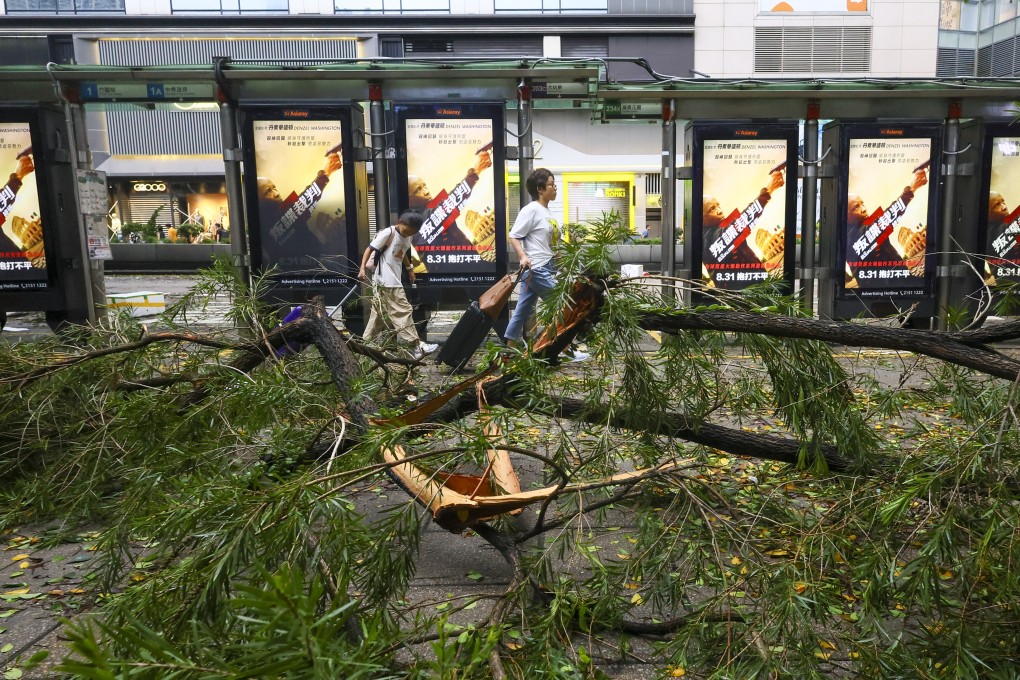My Take | Storm measures are costly, and inconvenient, but safety is the key
- The Observatory has often been under fire for either overstating or underestimating a typhoon’s impact. However, it is best to err on the side of caution

Hong Kong is breathing a sigh of relief as Super Typhoon Saola relents after sweeping through the city, bringing it to a virtual halt. It was a lucky escape.
This was the first time in five years the No 10 hurricane signal had been hoisted and there were fears of a repeat of the chaos wreaked by another super typhoon, Mangkhut, in 2018. That storm left more than 450 people injured, uprooted 60,000 trees and caused widespread damage.
Thankfully, the city was spared the worst this time. The feared storm surge was not as severe as expected. Flooding was limited. Wind speeds topped 100km/h, but it could have been much worse.
Unlike in 2018, life has quickly returned to normal after two days during which most residents sheltered at home. Some, as is often the case with typhoons, will be wondering what all the fuss was about.
The city pretty much shuts down when a typhoon nears. Hundreds of flights were cancelled on Friday leaving passengers stranded at the airport. Bus and ferry services were suspended. The stock market ceased trading and events were cancelled. Streets became virtually deserted.
All of this comes at great inconvenience and cost. The difficulty in accurately predicting the impact means the weather is sometimes much milder than expected.
